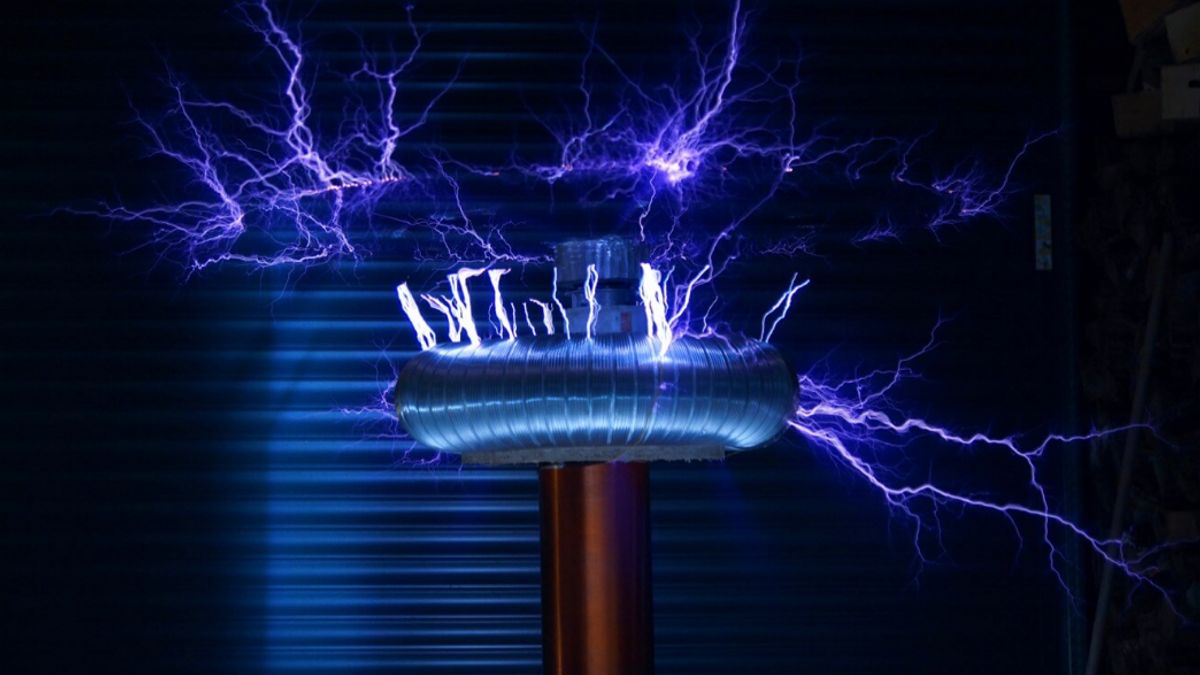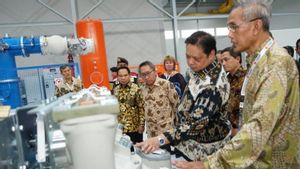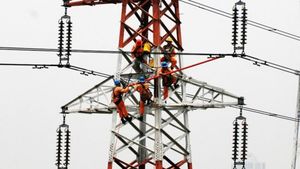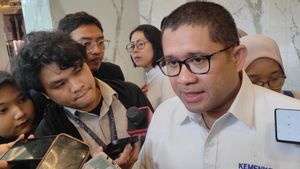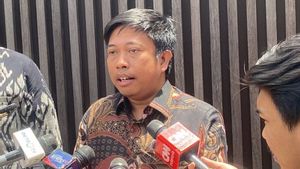JAKARTA – New Zealand is rumored to be starting to try wireless electricity. This effort is the result of the government's collaboration with start-up company Emrod. In addition, Powerco as one of the largest companies in New Zealand will utilize Emrod technology in 2021.
According to CNN, to transmit energy wirelessly, Emrod's technology generates electricity with a dense, focused beam in the non-ionizing band of the Industrial, Scientific, and Medical electromagnetic spectrum—the part of the radio band that is compliant with WiFi and Bluetooth frequencies.
The transmitting antenna will transmit power through several relay points to the antenna to carry the wave in a frequency range similar to that of an oven. For the monitoring, Emrod uses the antenna to detect possible obstructions between the relay points.
In addition, Emrod will also deploy a prototype wireless energy infrastructure within a 39-meter range. Emrod utilizes the rectenna to transmit electrical microwaves to various subsequent points.

The method is claimed to be suitable for delivering electricity without wires in various parts of New Zealand. “We developed technology for long-distance wireless power transmission”, said Greg Kushnir, founder of Emrod.
SEE ALSO:
Kushnir also explained that the wireless electricity delivery technology is actually old. Long before, scientist Nikola Tesla had already tested wireless power grids in the 1890s when he made a transformer circuit called the Tesla Coil.
“The technology itself has been around for a long time. It sounds futuristic and fantastic but it has been an iterative process since Tesla", said Kushnir.
NewAtlas reports that Emrod can still function in any weather conditions such as rain, fog, dust. The transmission distance is only limited to the line of sight of each relay.
This allows electricity to flow for thousands of kilometers. This is more efficient because it is cheaper to build the infrastructure. In addition, Emrod technology also has a small environmental impact.
Kushnir said that the wireless electricity delivery technology could contribute to supporting offshore wind power at a more affordable cost. Because wind power plants in the Cook Strait that connects the North Island and New Zealand must be expensive.
The English, Chinese, Japanese, Arabic, and French versions are automatically generated by the AI. So there may still be inaccuracies in translating, please always see Indonesian as our main language. (system supported by DigitalSiber.id)
